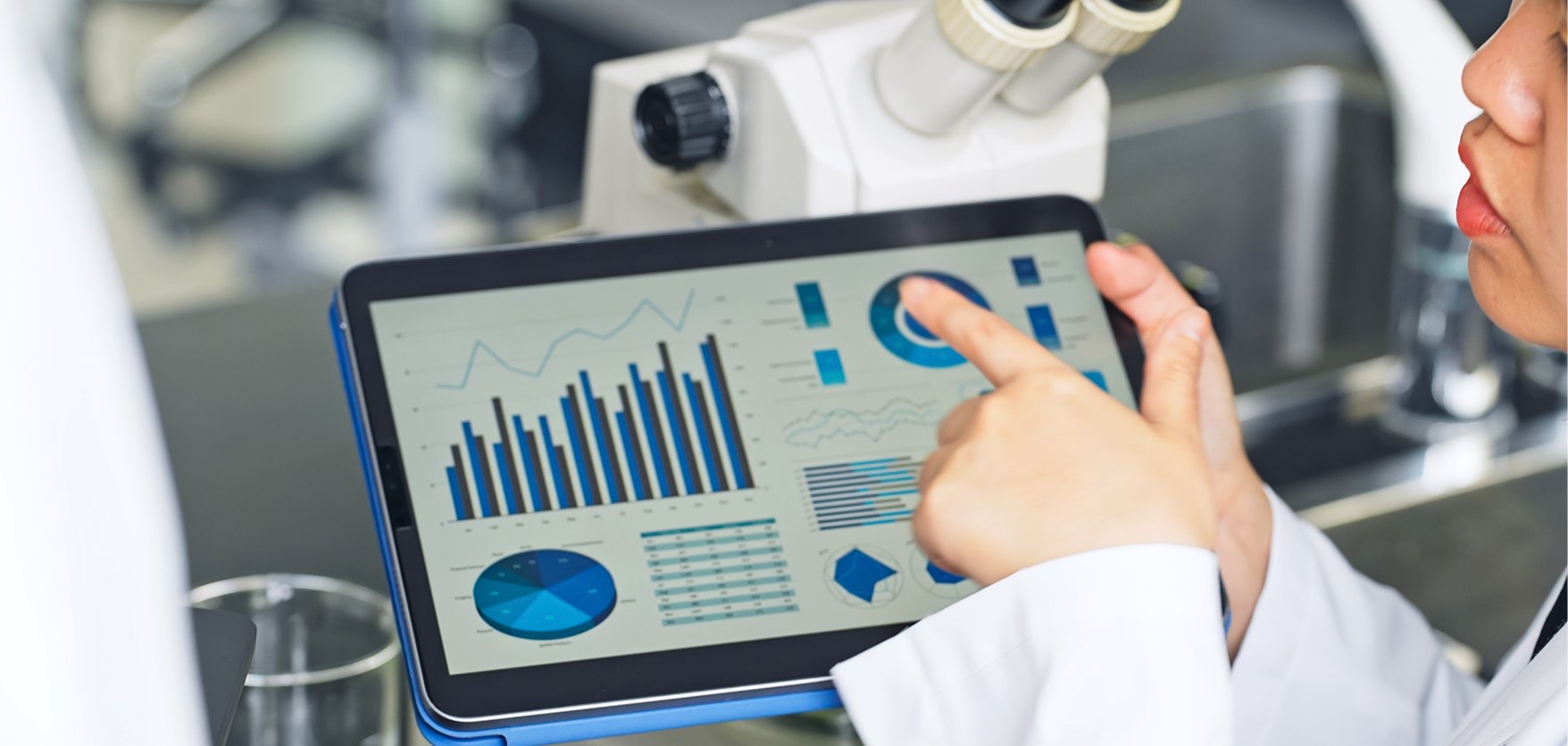User Research
Our top 3 most effective user insight strategies for life sciences
05 June 2024 • 4 min read

The UK life sciences industry is extraordinary. The industry is not only critical to global wellbeing, through discovering around 25% of the world's top 100 prescription medicines, but it is also important for the UK’s financial wellbeing; the ONS estimates that the industry turned over more than £100bn in FY21-22, and is expected to grow faster than the rest of the economy over the next few years.
It’s no surprise that the UK government is investing in life sciences as a priority sector , so the opportunities for firms that can address unmet patient and user needs are huge.
User insight is critical for unlocking real competitive advantage
Life sciences already realises the importance of understanding patients, as seen by the emerging use of genomic data to drive personalised medicine. However, this does not always translate into understanding the digital user experience - an area of real competitive advantage.
While some in the industry are embracing technologies such as companion apps, many are behind in gaining and utilising user insights compared to those with digital-first products. A common cause for this is siloed thinking that results in fragmented, high-friction user journeys. In some cases, users may accept this as a byproduct of the “complexity of science”. That is, until a new, disruptive competitor comes along.
Life sciences firms that get closer to their digital users have a real opportunity in a highly-competitive market. By leveraging non-traditional data and digital approaches, firms can predict, understand and react to demands from an evolving population - fighting off disruption and building an early advantage on future market share.
Three simple techniques to improve user insight in life sciences
Fortunately, understanding users’ problems is simpler than understanding their genomes. We list three impactful ways for life sciences to better leverage user insights, using real-world examples.
1. Enhance experiences through persona and journey mapping
Understanding and capturing different personas is a simple but powerful way to understand the diverse groups that buy and use your products. A customer journey map identifies moments of delight and any pain points, making it an effective way to break down silos and see where optimisation or personalisation is needed.
A customer journey map for a leading biotech firm revealed that users had to navigate at least 4 different systems, each with a different interface, to achieve their goal. The underlying technology did amazing things, but the journey was so full of friction that even scientists struggled to make it through. The mapping exercise that we did sparked the breaking down of organisational silos to reduce friction.
2. Uncover hidden insights with product analytics
As the mathematician Lord Kelvin said: “If you cannot measure it, you cannot improve it." Product analytics unveil the real user experience, enabling a "data-driven by default" approach to uncover hidden insights and improve the product.
One health tech platform found that users who messaged a coach in the app lost two times more weight, and those who engaged with the care team and community in the first week were 94% more likely to achieve their health target. Using this insight, the firm was able to strengthen its care and coaching proposition to improve user outcomes, reduce churn and increase long-term engagement.
3. Embrace experimentation for incremental wins
The scientific mindset thrives in the digital world, with experimentation being central to an effective digital strategy. By formulating a hypothesis for improving key outcomes, solutions can be designed and tested with real users to identify the most impactful method.
For example; a health tech provider came to AND to optimise their product flows. Using A/B testing, we assigned a small, but statistically significant, percentage of users to experience a series of new, experimental flows. By measuring the impact of the updates, the provider increased engagement scores by 41%.
Ready to learn more about creating engaging digital experiences in life sciences?
Life sciences has already made big strides in harnessing emerging tech, with AI-driven personalised medicines and healthcare plans representing the next major opportunities. We believe that a focus on digital user-centricity presents readily achievable opportunities for firms to get ahead now and pave the way for future success. This spans from improving patient experience to identifying emerging demands and protecting from disruption.
Thankfully, getting closer to the needs of digital users can be quick, easy and effective. This can be achieved through user personas and journey mapping, as an example, with gains solidified through product analytics and experimentation.
We’ve embedded user-centricity and wider digital transformation across leading names in life sciences. Click here to learn more.
You can also stay up to date with our latest life sciences technology insights by completing the form below.
Sources
1 NHS England » Maximising the benefits of research: Guidance for integrated care systems
2. Bioscience and health technology sector statistics 2021 to 2022 - GOV.UK
3 Life Sciences Trends & Outlook 2023 | CBRE UK
4 Chancellor reveals life sciences growth package to fire up economy - GOV.UK



